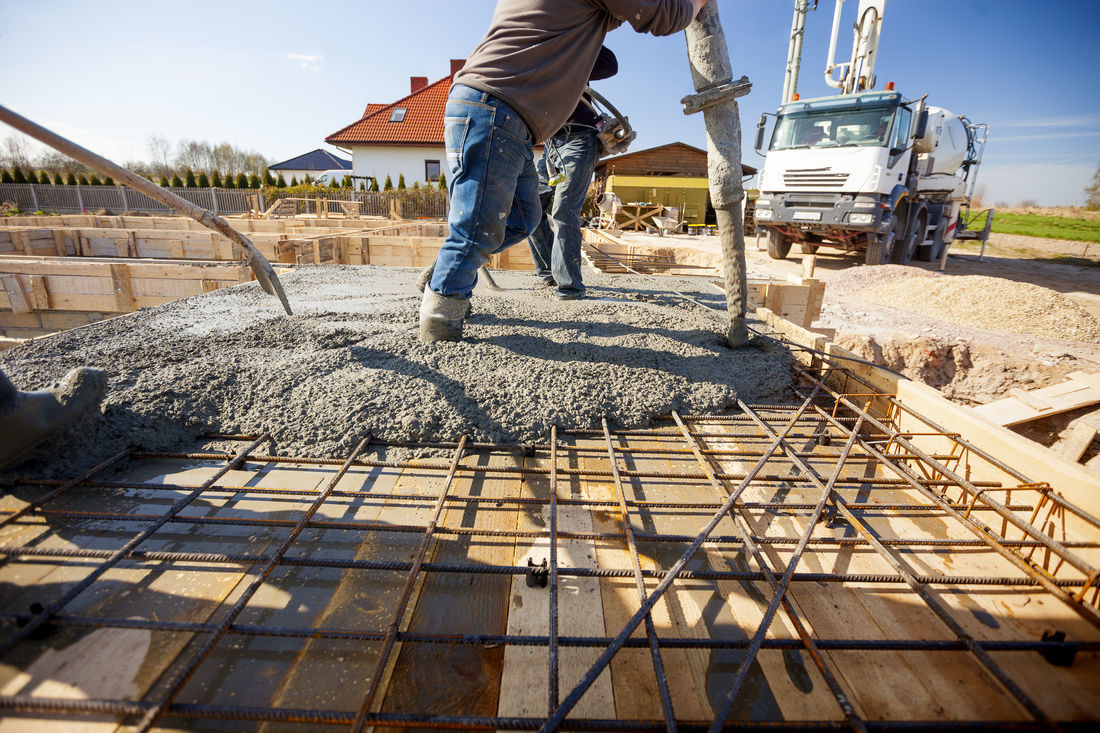Across modern industries, we’re are witnesses to rapid growth and innovation that’s not slowing down. In the world of landscaping and construction, this is no different. In this space, we’re seeing man-made material and components becoming more and more versatile, creating possibilities for applications that weren’t possible previously.
In particular, cement, mortar and bricks serve a widely used foundation in the field of construction across Australia. Moreover, it’s actually one of the most commonly used building blocks for the infrastructure that we see today. There’s a reason why we are said to live in a ‘concrete jungle’.
How concrete is made
Like all materials, concrete needs to be positioned correctly, in order to be effective. In actual fact, there are two methods during its creation that results in how it is laid out onsite. These two tactics are known as precast and site cast.
- Precast Concrete: This concrete is poured into pre-made moulds and then cured (left to dry) at a dedicated facility. Since it’s cured in a controlled environment that is unaffected by weather, the strength, quality and consistency of every slab remains uniform. The concrete is moulded over wire or rebar, and then cured offsite. As it is made and cured before reaching the building site, precast concrete is placed where it needs to be onsite.
- Site Cast Concrete: Also known as the in-situ concrete, this variation is poured, moulded and cured onsite. For buildings that need custom moulds, this option fits the bill. Unlike offsite options, site cast concrete requires less joints, and is better suited to earthquake-prone regions. Because it is created and moulded onsite, it’s poured into position.
How concrete is placed
No matter whether it is site or precast, there’s a few different ways that it can be positioned at the building site. These methods include:
Lift: As the name suggests, this machine is used to lift the concrete above the surface level and drop the mixture onto the ground. This is the preferred tactic for getting to upper level surfaces.
Pneumatic Pumps: Similar to hydraulic pumps, pneumatic pumps use highly pressurised compressed air to force the concrete onto the places that require it.
Guniting: Guniting is the process of spraying the concrete mixture with force through a pressure gun. In this method, the concrete can be applied to the floors, and even the walls. Due to the high pressure with which the mixture jets out, it sticks itself to the surface where it’s targeted at. This process comes in handy to repair old constructions or the sites where the previous concretisation was poorly implemented.
Depending on the environment and construction site, the way the mixture is poured or placed will depend on the objectives. Moreover, those utilising it need to be able to spread and deposit it quickly enough, but not at a volume that’s too quick to be positioned correctly. Because of this, it’s crucial to have professionals onsite to do the job properly, ensuring the mixture is created, cured and laid out without any issues.
Find out more about SS Prime Form’s services by contacting us on 0414 093 100.

